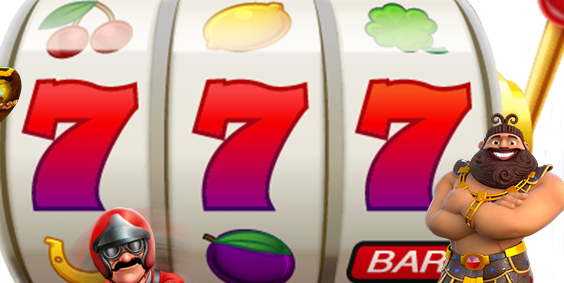The Basics of Poker

Poker is a card game that is played around the world. Many people associate it with gambling, but poker is a game of skill and requires strategic decision-making skills. It is a game that combines probability, psychology and game theory to determine the outcome of a hand.
The first step to playing poker is choosing a good table and selecting the right limits for your bankroll. Then, commit to smart game selection and participate in games that offer the most profitable opportunities.
Before the cards are dealt, one or more players must make a forced bet, usually an ante. The dealer then deals the cards to each player, and each player must look at their cards before deciding whether to fold, check or raise.
There are three basic types of poker players: tight, loose and aggressive. Each type plays a different number of hands and bets a different amount. It is important to recognize the different styles of poker play so you can adapt your strategy accordingly.
A tight player typically plays a normal amount of hands but does not bet a lot. They are very careful about how they use their chips, and when they make a bad decision, they often fold. This type of player is a great opponent to have but they must be managed carefully.
In a typical game of poker, each player is dealt two cards. The cards are face up, so all the players can see them. However, some variants of the game, such as Hold’em, require that the cards be dealt face down.
Bluffing is a fundamental part of poker, and players who do not bluff effectively will lose. There are different kinds of bluffing, including a semi-bluff, which is a bluff that does not force opponents to fold a weaker hand.
If a player is willing to bluff their hand, they can be rewarded with the pot. This is because the bluff is a type of deception that can induce other players to fold inferior hands.
When you’re new to poker, it can be very difficult to read your opponents’ hands. It is common for players to get tunnel vision, thinking about the strength of their own hand instead of what they have in front of them.
This is a common mistake, but it can be overcome with proper training and practice. You can learn to read your opponents by studying their bets, the way they raise and fold, how much they bet on each street of the flop and turn and river.
You can also read your opponents by judging their style. If a tight player suddenly begins betting a lot, this can be a red flag that they are playing too aggressively.
The most successful poker players are those that are able to blend their styles of play. For example, if you are a tight player, but your opponent bets aggressively on the flop, consider raising to price them out.
